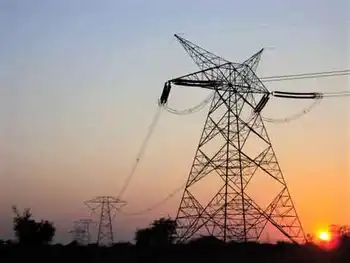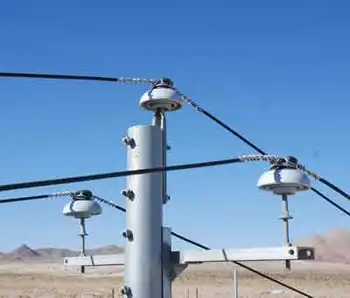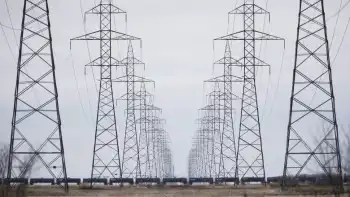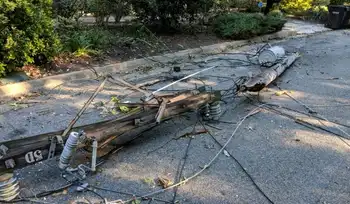The future for the auto industry is EV
By Windsor Star
NFPA 70e Training
Our customized live online or in‑person group training can be delivered to your staff at your location.

- Live Online
- 6 hours Instructor-led
- Group Training Available
Some of the world's leading automotive designers gathered at the Detroit Athletic Club to talk about what they're doing to adapt their art form to the coming age of electric propulsion.
"It's not a flash in the pan this time," Robert Bauer, design manager for Nissan Design America, says of battery-powered cars and trucks. "We're seeing a huge shift in the industry," he told a panel that included designers from Ford, General Motors, Volvo and Fisker. Compared to the battery-powered plug-in vehicles now on the drawing boards of every automaker in the world, the gasoline-powered hybrids currently on the road will soon be quaint artifacts from a bygone era, the group agreed.
General Motors was the first to announce a production date for its Chevy Volt, which arrives in showrooms in very limited numbers in the fall of 2010. (Good luck trying to get one in Canada; only 10,000 will be built the first year.)
GM let a handful of automotive journalists drive "test mule" versions of the Volt and the first reviews are positive. "Silent and smooth," David Booth of Canwest News Service reported. "Performance will not be an issue for this electric car."
In addition to a torque curve so steep it pushes passengers back in their seats, the Volt is completely silent and lacks vibration. But good reviews aren't going to be enough to make the Volt a mainstream success, says Bob Boniface, director of design for the Volt.
It's going to take word of mouth from those who have experienced the thrill of electric propulsion before average consumers start taking battery-powered cars seriously. Once they do they're going to love it and pay more for it, Boniface predicts: "People are going to realize electric propulsion is a premium experience."
Meanwhile, the more flexible "packaging" requirements of electric cars will completely change the way cars and trucks look, predicts Doug Frasher, Strategic Design Chief for Volvo. "Because there's no transmission, that will really change the look of cars in future."
"You are going to see much more diversity," agrees Moray Callum, head of design for Ford of the Americas. "That's one of the things we're all sick of hearing these days — that all cars look the same. All electric cars are not going to look the same."
Unlike some other carmakers, Nissan has decided to design its own battery packs so it can spread them out flat underneath the entire floor of their vehicles, Bauer said.
"That's going to open up a lot of freedom and opportunity for designers," Bauer predicts. Nissan intends to take advantage by designing cars with "very short front overhangs, a lot of interior space" — and no hump down the middle.
Several widespread misconceptions about electric cars were challenged at the DAC meeting, hosted by the Automotive Press Association. Won't electric cars be more dangerous in a crash, one audience member asked, since there is no engine to "protect" driver and passenger?
"Engines are not very good in crashes," Callum pointed out gently. "Especially for those in the front seat. They don't crush very well." Henrik Fisker, founder of the Fisker car company, says it has "actually been easier" to design crush zones into his two soon-to-be-launched electric cars than those with engines.
Many people believe electric cars will overload the electric grid — when in fact the opposite is true. Cars plugged in at night will help even out demand for electricity by spreading the load more evenly through the day. That will also amortize the cost of peak demand over more hours.
The discussion left me optimistic and (forgive me) energized. For car people, the next few years are going to provide a ringside seat to epochal change. The buggy-to-car changeover that transformed society a century ago will be repeated, this time with a move from gasoline to battery power.
Electric vehicles will look better and offer superior performance and comfort. As their gasoline-powered chariots wear out, consumers will line up by the millions to pay for those attributes.
As Windsor-born auto analyst Dennis DesRosiers has already predicted, the companies that survive the current automotive shakeout will make money hand over fist... eventually.
That means they'll be hiring again, too.











